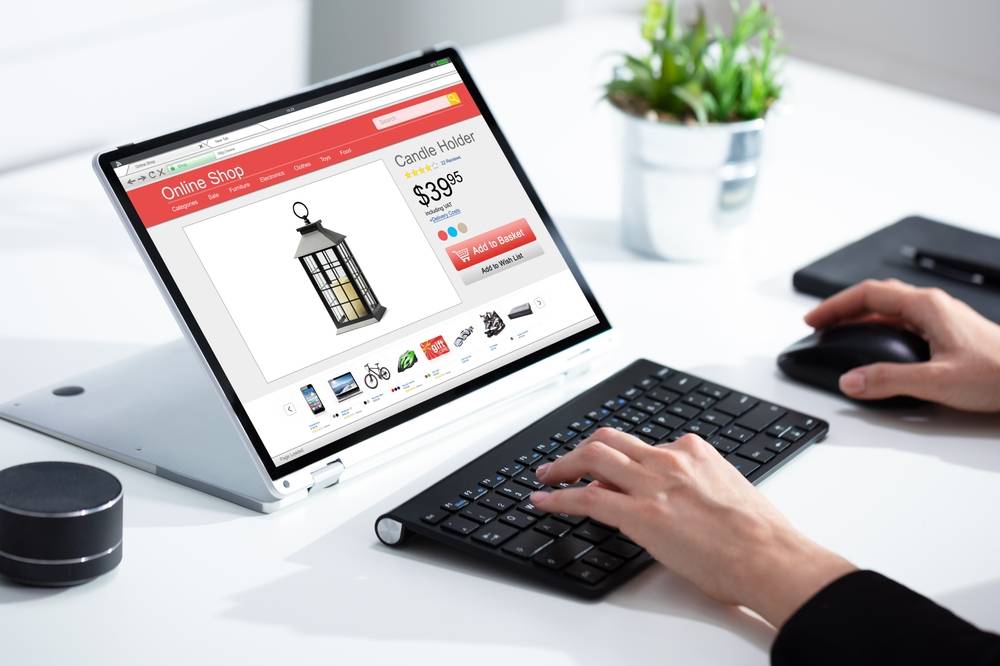6 Tips for Streamlining your Retail Sales Process
Selling in retail seems simple. A person needs a product, so they go to a retailer to buy it. Sometimes, they buy more items than they intended. The process seems easy enough, right?
However, seasoned retail veterans know that making sales is much more complicated. A $50 clothing purchase might not seem the same as million-dollar business deals, but the same sales principles apply. Your store still needs to generate leads, court prospects, and make sales. Like sales reps at major firms, your floor team will need to deliver a sales pitch, overcome objections, and close the deal.
As you develop an effective retail strategy, you will need to take steps to create a highly efficient sales process. This lesson will teach you 6 key tips to streamline your retailer’s sales process. You will begin by identifying your current sales process and weaknesses within it. From there, you can use strategies like cross-training, CRM software and automation, and spatial reorganizing to maximize your sales plan’s efficiency.

Define your Current Sales Plan
The best way to start streamlining your sales plan is to define your current strategy. Many businesses take their sales and marketing processes for granted, and they have not formalized their plans.
Having clear sales processes will help you identify the challenges and objections that you may encounter, including problems within your process. Defining a sales plan will also help your marketing and sales teams work together to convert leads and prospects to buyers more efficiently by creating a consistent experience.
To begin laying out your sales plan, you should look at the steps that a customer takes to buy your product. A tech retailer’s sales process, for example, often begins online when a prospect browses their stock online. By evaluating your end-to-end sales processes, you can start to detect problems with lead conversion, overcoming objections, and closing sales within your internal structure.
Find Friction Points
Once you have outlined your sales processes, you can see friction points where your business falls short in converting prospects to buyers. These can include a variety of problems, such as inadequate responses to objections, poor transitions between omnichannel platforms, and issues with customer service. Identifying these key touchpoints will allow you to target specific areas of your sales processes for improvement.
When you notice an issue with your process, you should examine each step to see where leads and prospects lose interest. Suppose you notice that your social media ads garner plenty of likes but do not result in sales. You can then break down each step in the sales process to see where customers fall off. Your social media link might be broken, or your website might be difficult to navigate. Then, from there, you can develop a plan to resolve the issue with the given data.
Use Your Space
Retailers can streamline their sales by reorganizing their space to promote sales and efficiency. Basic retail merchandising principles, such as placing impulse-buy product at the register, can be a core part of your sales strategy while requiring little work on your part. If you set a path for customers to walk as they enter the store, you can stage merchandise and sales reps along the way to encourage increased sales.
You can also use your store to create a comfortable sales environment for clients. A bridal store will want a seating area with refreshments that encourages a prospect to take their time at the retailer. Likewise, a technology retailer will want to stage interactive displays in high-touch areas to keep customers busy while they wait their turn. Establishing a comfortable sales environment will create a customer experience that is conducive to closing deals.
Adopt CRM Technology
CRM, or Customer Relationship Management, is a critical function in sales. Managing and maintaining relationships with leads, prospects, and current and former clients will help you encourage sales while identifying areas for improvement within your sales process. Many companies use a CRM system to organize leads, analyze data, and maintain good customer service.
One of the most common uses of CRM software is analyzing sources of lead generation. This process will help you determine which marketing tools most effectively bring in leads. For example, most CRM software will track how many customers clicked on an email or social media link. From that data, you can see which ads generated more leads, and you can then use that information to prioritize your ad spending.
CRM software also helps you take advantage of automation. Email marketing can be time-consuming if done by hand, but CRM technology can automate your email blasts. These features can be advantageous for businesses seeking maximum marketing efficiency.

Introduce a Loyalty Program
Loyalty programs can turn one-time buyers into regular customers. Sephora is well-known for its rewards system, which entices buyers with discounts, free products, and elevated status with the company. Loyalty rewards are a great selling point for prospects, and they keep buyers coming back.
Along with customer retention, loyalty programs also allow you to find valuable customer data. Rewards accounts assign customers a number, which can be used to track their responses to marketing leads and their real-time purchases. You can also use loyalty accounts to track interactions with customer service and their resolutions. Implementing a loyalty program can help you follow repeat customers at each step of your CRM process.
Train Your Employees
In retail, store employees often perform many tasks – especially in small businesses. They’re salespeople, customer service reps, and maintenance technicians at the same time. You should therefore take the time to train your team in good sales practices and in all steps of your CRM process. Like sales reps for a major company, your floor associates should be equipped with the tools they need to understand your product, overcome objections, and close sales.
Larger companies with more defined roles should cross-train their teams to utilize sales tactics in all customer interactions. Customer service reps, for example, can upsell a protection plan while on a call with a customer. Cross-training can boost lead generation, bringing a repeat customer into your CRM pipeline.
For more information, please refer to the following pages:
- What Are the Elements of Retail Strategy?
- What Is the Most Powerful Marketing Strategy in Retail?
- How to Design Your Store to Convert More Sales
- Top Problems You Might Have With Retail Strategy
- How to Attract Customers Who Will Pay Full Price for Your Products
- Retail: Top Reasons Your Customers Are Going Elsewhere & What to Do About It
